The 2022 Suzuki Hayabusa Is Luxurious Excess on Two Wheels
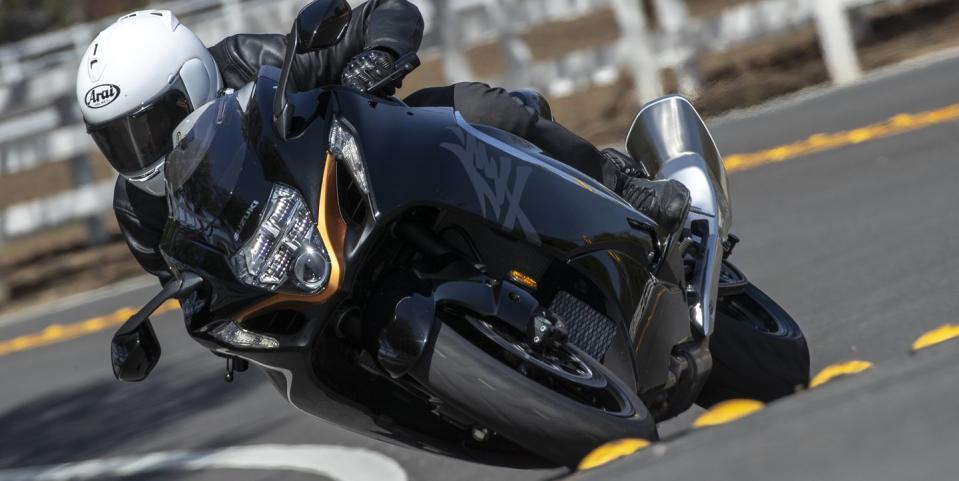
Japanese bullet trains are called Shinkansen. Their bulbous curves cut through the air at 200 mph, providing passengers with a glassy-smooth ride while casually and reliably dispatching great distances without apparent effort.
Think of the 2022 Suzuki Hayabusa as a Shinkansen for one.
If that seems excessive, and if you’ve ignored both motorcycle and pop culture for 20-odd years, perhaps the Hayabusa has slipped under your radar. A quick primer: Upon its launch in 1999, the Hayabusa was jaw-dropping, a swoopy Q-ship capable of walking away from anything on two wheels in an outright speed contest. Its top speed was clocked at more than 190 mph—so dazzlingly fast that the Hayabusa’s existence prompted an industry-wide handshake agreement limiting the top speed of production machines to 300km/h, or 186 mph. And this exceptional motorcycle wasn’t merely street legal; it was utterly reliable. It was even reasonably comfortable.
These days the Hayabusa is properly regarded as an icon, albeit a dusty one. A major refresh for model year 2008 and an update in 2013 were subtle enough to keep the spirit of the bike—and the livelihoods of the legions of enthusiastic tuners who had built a thriving ‘Busa aftermarket community—fully intact. However, the long gaps between updates left the Hayabusa sitting on the sidelines as technology and power creep pushed motorcycles into entirely new frontiers.
Today any superbike worth its salt is good for 200 hp or more. Some machines have even taken the ludicrous, glorious step of tacking on a supercharger. Simultaneously, advanced traction control and cornering ABS have made modern machines safer and more approachable. The famously powerful Hayabusa, once a technological and engineering marvel, felt overdue for a little modernizing.
Lucky sods that we are, Suzuki invited us to an early test ride to preview a set of updates that, with any luck, will jump the Hayabusa into this modern age.
New for ‘22
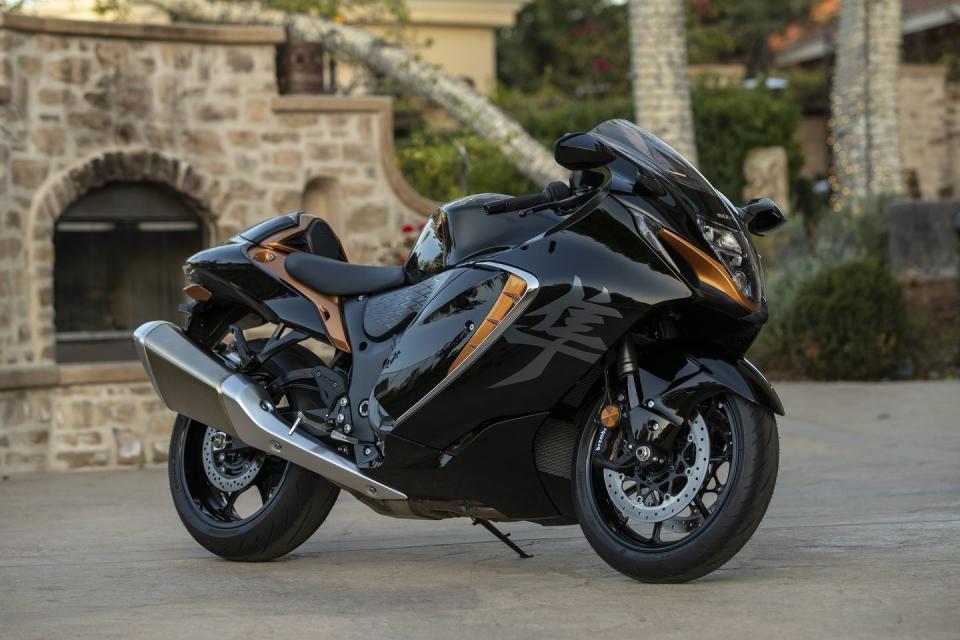
Suzuki says the 2022 Hayabusa is about 50 percent new. That sounds about right, as at its heart this motorcycle represents a very 2000s take on speed. The pegs are sportbike-high and the seat low, making lockdown-sedentary legs ache after half a day of riding. But those tall pegs mean cornering clearance. The big machine pours into sweepers with charming ease. And it’s surprisingly wasp-waisted. You might expect to dismount a big motorcycle like the Hayabusa and walk away like you've been riding a Clydesdale. But those same sportbike aspirations keep your knees tucked in close, leaving room for weight-shifting heroics over the tank when road conditions call for it.
And sometimes they do, because the superb 1340-cc inline-four still has that maglev knack for silkily swooshing you into the steep end of the speedometer. Suzuki reps tell us the bike has more than 550 new parts. More than half of those were in the engine, facilitating improved breathing, fueling, cooling, and oiling. The new ride-by-wire digital throttle has a heavy, glassy pull, like turning the weighted knob of an old amplifier. This pleasant heaviness has a downside, which is right-wrist fatigue. It would be a problem on long hauls if not for the new cruise control.
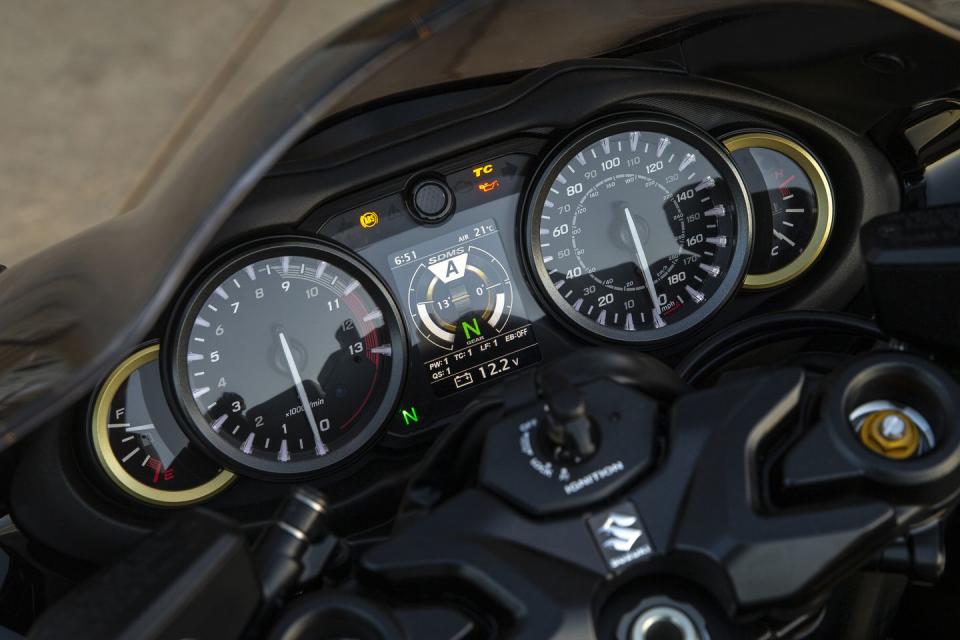
An up/down quick-shifter allows for clutchless full-throttle clicking through the gears, or for dropping down a couple and using brake deceleration to ease into a corner while keeping the engine on boil for a speedy exit. Some quick-shifters are fussy, requiring a little help from the throttle to get smooth selections. But gear changes on the Hayabusa are excellent, each shift up or down a satisfying and precise mechanical click. If there’s a better quick-shifter in motorcycling, it doesn’t come to mind.
Because modernity doesn’t just mean speed and technology, Suzuki used this model year change to achieve Euro 5 compliance. Peak power is down a hair in favor of fattening and flattening the torque curve. The peak power isn’t missed. In third gear the bike will gladly idle away from a stop… And then breezily keep going, deep into the triple digits.
Four-piston Brembo Stylema calipers do their work on slightly larger 320-mm twin front discs, which of course are equipped with ABS; they’re outstanding, more than up to the task. As are the excellent 43-mm adjustable fork and rear shock, both made by KYB. It’s no small thing to stop and suspend the Hayabusa, given its penchant for speed and its claimed curb weight of 580 lbs.
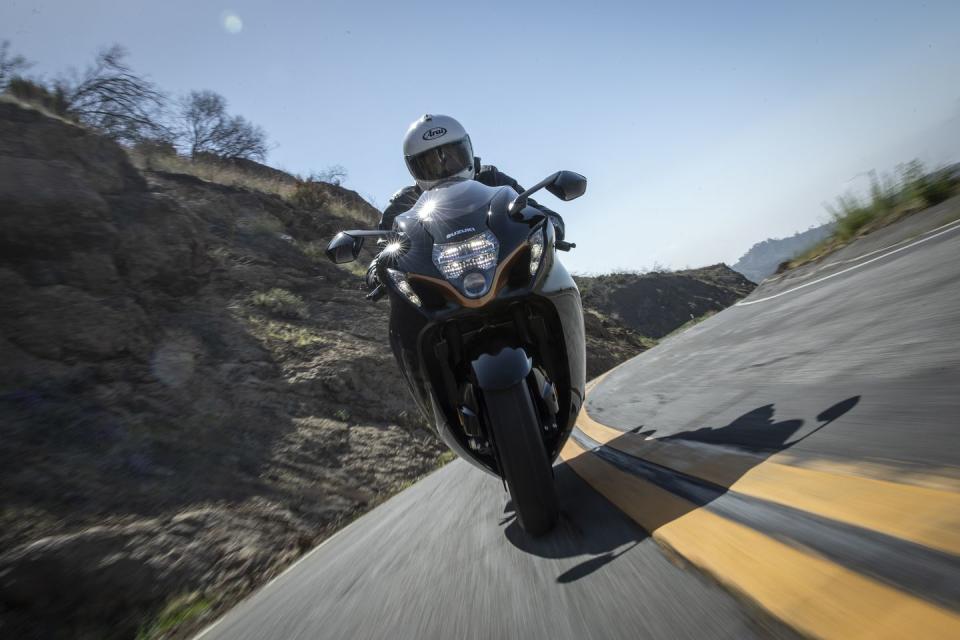
There are lighter, sportier and faster machines for the canyons. The supercharged Kawasaki H2 SX, both nauseatingly fast and startlingly comfortable, will gladly take the fight to the Hayabusa in a test of supercruisers. But you’ll forget all that when you find a corner that opens up and offers room to let the Hayabusa eat.
The monster induction yowl; the exceptional smoothness; the way the big Suzuki’s weight seems almost inked on the tarmac, laid down thick and flowing. It makes a case for hurling mass through the air. It’s goodness that doesn’t require comparison or justification.
The feeling the Hayabusa communicates is luxurious excess. Fit and finish in the switchgear is suitable for a luxury car. So is the lovely LED lighting, front and rear. So is the endless glassy acceleration, the perfectly precise shifting. Your view of the cockpit is two humongous analog gauges brimming with big numbers. Squeezed between them is a sharp modern TFT panel. The vibration-killing floating handlebar rests in a sculpted isolation mount. It’s utterly dialed-in. This is S-Class execution, if not quite S-Class comfort.
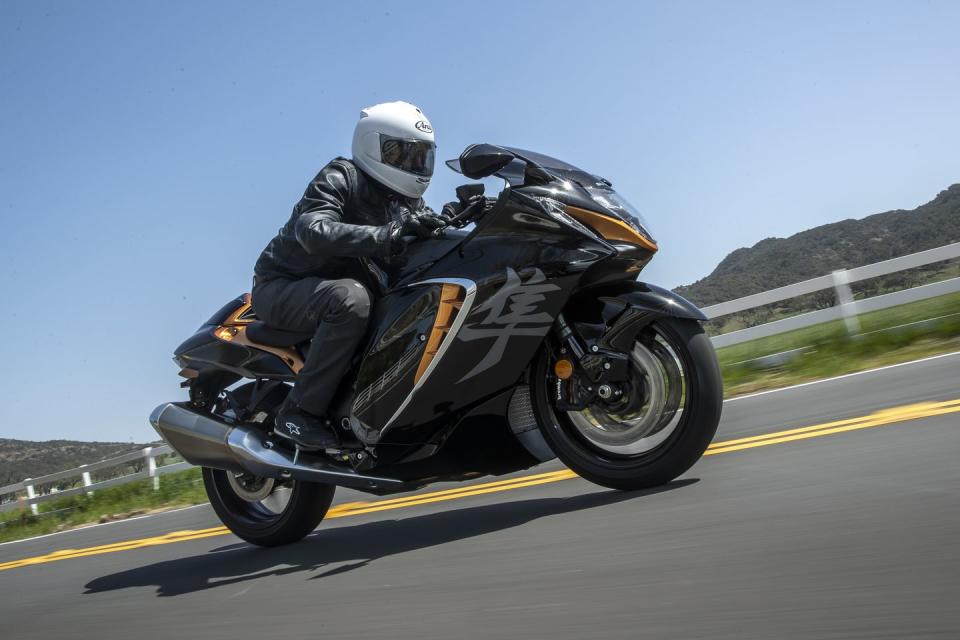
The sensation extends to the ride. The suspension updates might be subtle, but the damping is excellent, and the Hayabusa shrugs off fumbly early morning inputs without the faintest coarseness. Once you’re contorted into a sportbike crouch and underway, the bike is a yahoo’s magic carpet. Or perhaps a prayer rug, for worshiping at the altar of acceleration.
It’s a perfectly sensible perch for this elder statesman of speed. For all of the Hayabusa’s hairy, snorting legends, it’s always been a sweetheart of a machine. You’d think that a motorcycle with easy access to vast amounts of power would be gagging for electronic nannies, but the opposite is the case here. It’s certainly not for novice riders, but that doesn’t mean it’s not precise and perfectly controllable. Think of its layers of additional control and backup, as provided by a full suite of rider aides all connected through a Bosch IMU, as a perfect safety net for a nuanced and rideable machine. Adjustable throttle mapping, wheelie control, multi-mode traction control, cornering ABS, hill-holding brakes, cruise control: All important additions to a bike with a reputation to uphold.
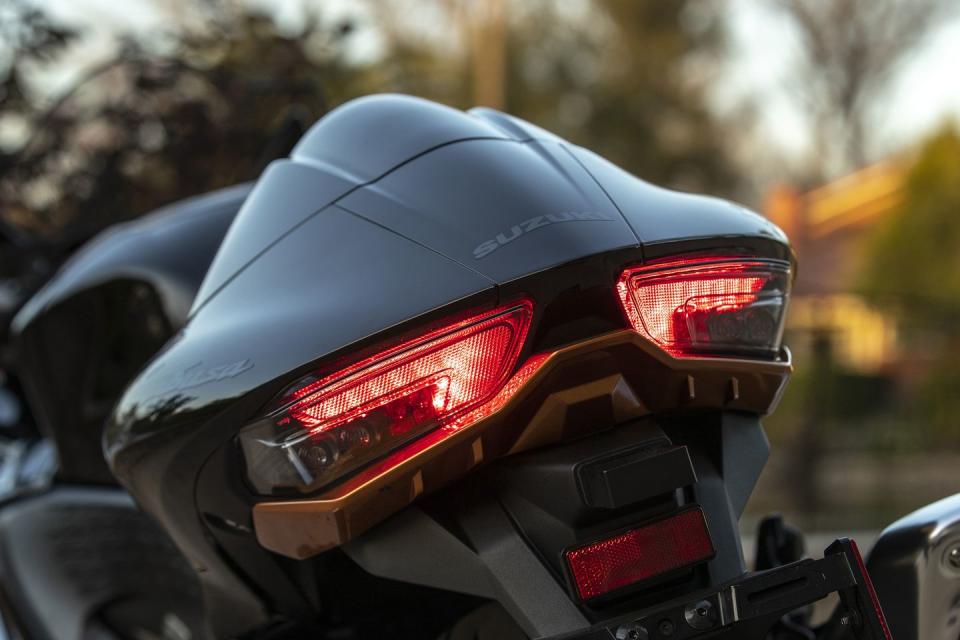
The Hayabusa has a strong enthusiast and tuner community building all manner of extended swingarms to help keep the nose earthbound and tuning kits to send horsepower soaring. This model update is just as much for those people, a nod to the Hayabusa faithful who have made careers and hobbies out of Bonneville runs and coaxing dyno-melting power out of the tough twin-cam engine.
Our ride makes it clear the 2022 evolution of the Hayabusa will not shut the door on those fans. It will, however, cost them more. The updates demand a $3800 premium over the outgoing machine. That price hike nudges the Hayabusa to a competitive $18,599. Inexpensive, by flagship standards, and a small price to pay for a machine that feels just as modern as it does nostalgic.
You Might Also Like

 Yahoo Autos
Yahoo Autos 